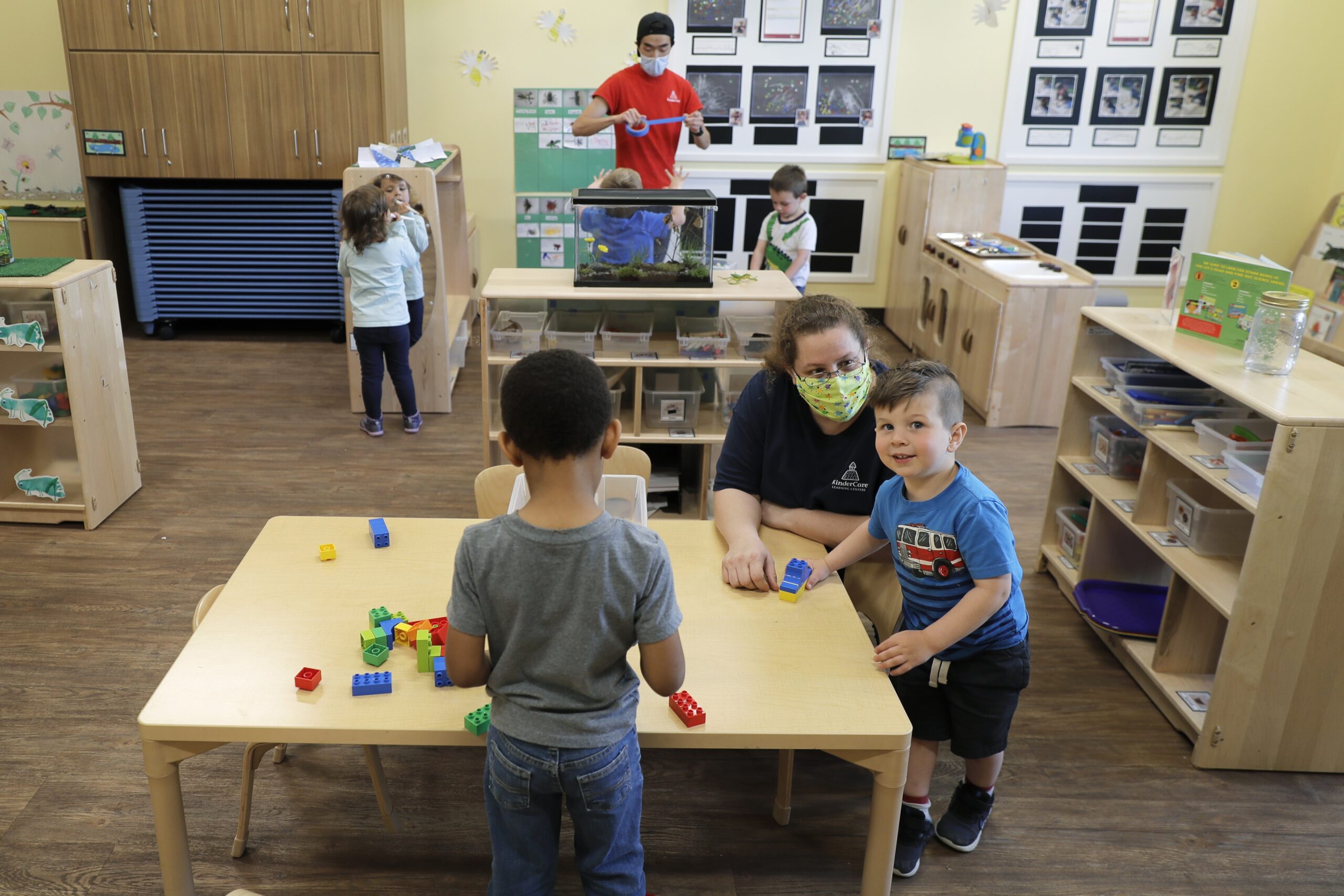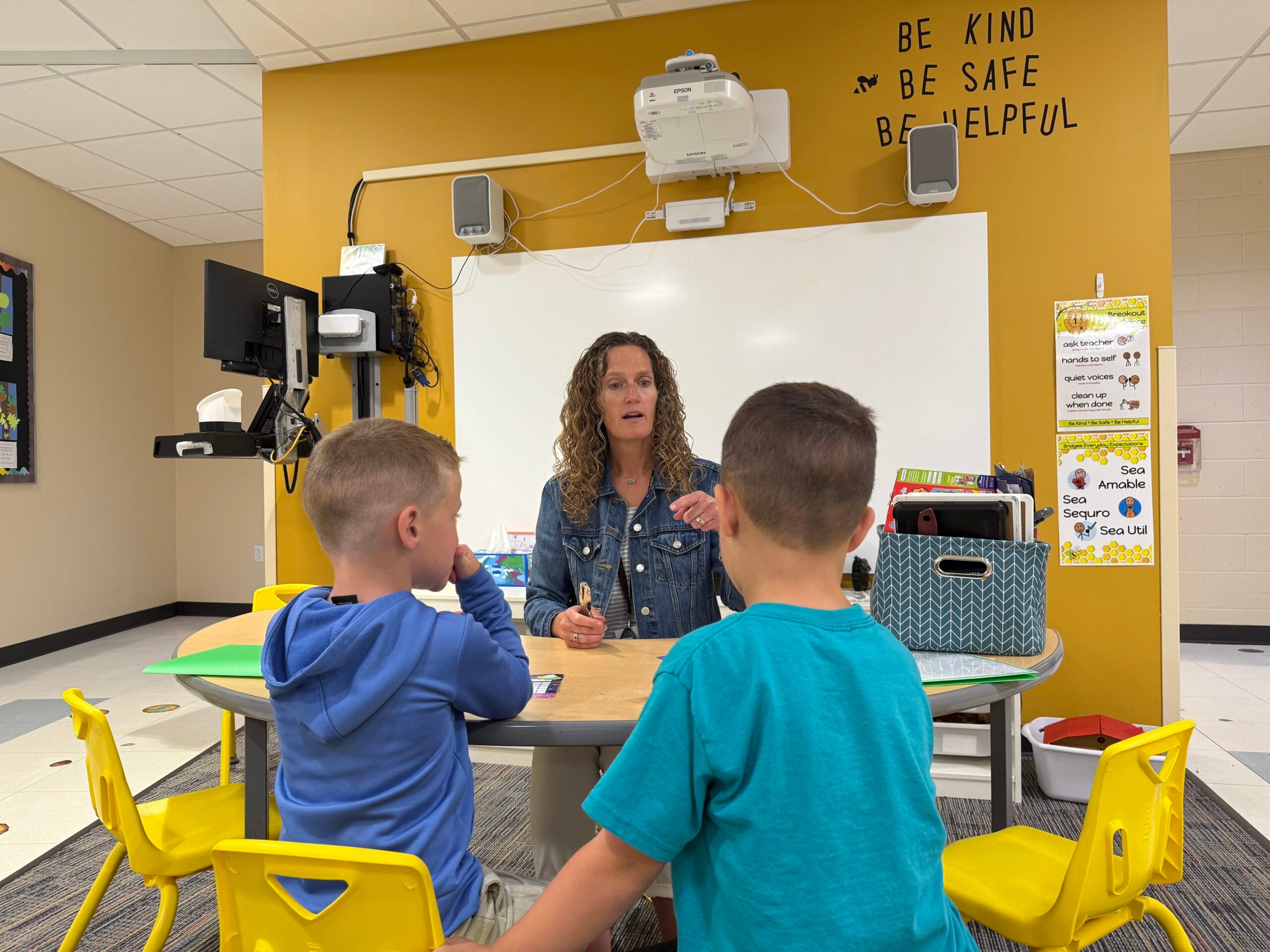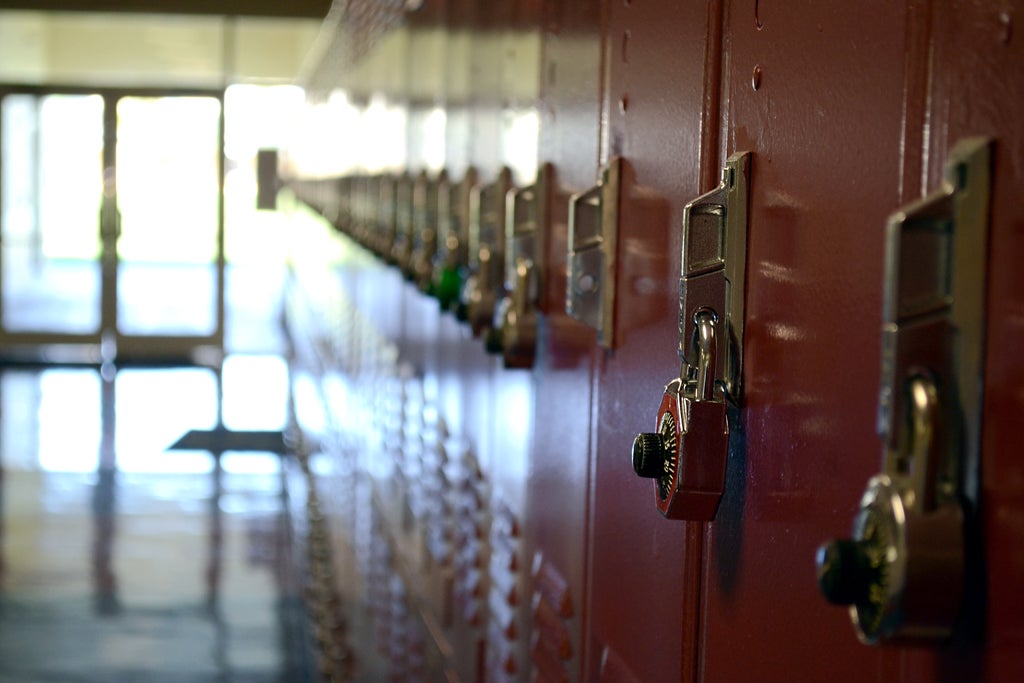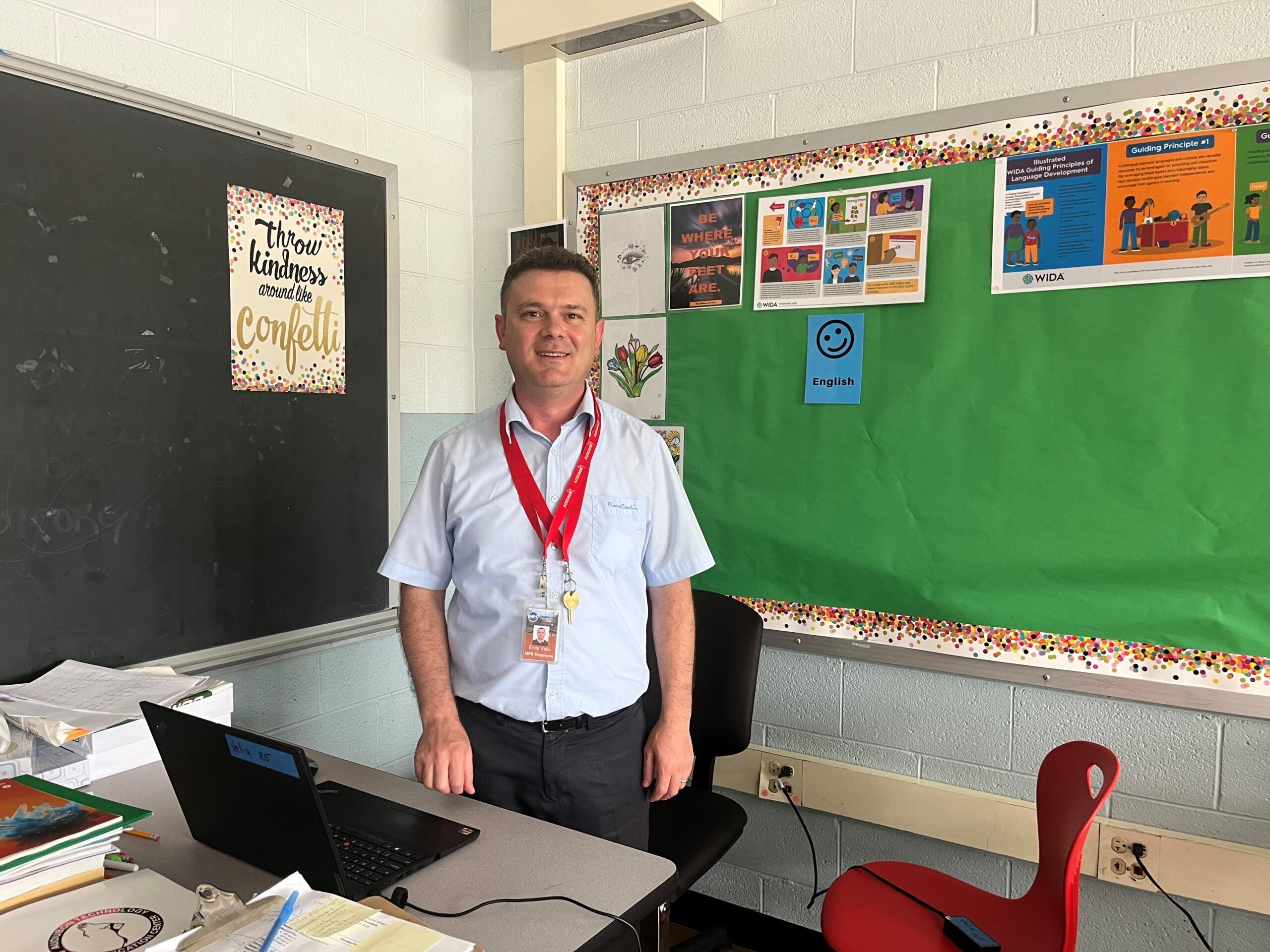Wisconsin’s two largest school districts will start the fall school year virtually.
Madison Metropolitan School District announced the plan in a press release Friday. Milwaukee Public Schools school board members made the decision unanimously Thursday evening after a contentious meeting.
“When I hear from students about how desperately they want to be back in school, I understand that,” Paula Phillips, a MPS school board member, said as she audibly choked back tears.
News with a little more humanity
WPR’s “Wisconsin Today” newsletter keeps you connected to the state you love without feeling overwhelmed. No paywall. No agenda. No corporate filter.
Phillips said she lived in a house that was violent growing up, and understands how important it is for schools to be safe places for kids in their community.
“It’s very difficult for me to not be able to provide safe places for children that desperately need it,” she said. “And we cannot provide that safe place right now with the rates of COVID rising.”
The school district released a 256-page plan outlining the feedback it received from students, parents, teachers and staff about their COVID-19 concerns for schools and spelling out its plans for the 2020-2021 school year, which will begin with all-virtual learning.
A number of parents voiced anger during the meeting, saying the toll of working full time jobs while trying to teach their children at home was unmanageable. Many urged the board to reject the plan, saying they would take their children out of the district if MPS did not reopen schools for in-person instruction in the fall
Several MPS teachers and employees spoke in favor of the phased reopening plan, along with some parents who expressed concern about staff and student safety if classes were not held virtually.
In a statement, MMSD Interim Superintendent Jane Belmore said that the ongoing rise in COVID-19 cases left the district with few options.
“As Interim Superintendent, the safety of everyone who enters our school buildings each day is my ultimate responsibility,” she said. “There can be no margin of error in our decisions to keep students, staff as well as our entire community safe.”
Some Schools Opting To Let Families Choose
Kenosha Unified School District also discussed its fall reopening plan Thursday night. Under the current version of the plan, which still requires approval, the district is providing students and families the option to decide between in-person and virtual instruction.
Meanwhile, other school districts in the state are opting to bring kids back to school buildings. On July 9, Franklin Public Schools district administrator Judy Mueller sent a letter to parents saying it will bring students back to school all five days of the school week, though students who have a medical condition that puts them at high risk — have a family member who does — can keep learning from home.
“We will not be putting in place a split schedule because doing so does not necessarily mitigate the risk of contracting COVID-19, while also creating hardship for our families who work outside the home,” Mueller said in the letter.
FPS will require all staff who come within 6 feet of other people to wear masks or face shields, and students will be required to wear them during passing times and other high-traffic periods. Children in grades 4K-8 will be kept together with their cohort and in their classroom as much as possible, rather than changing classrooms for classes like art and music. Lunches will be in the cafeteria, but with more lunch periods and more space.
On Wednesday, Elmbrook Public Schools’ School Reopening Task Force met to discuss its recommended reopening plans, which look much like the FPS plan. The plans feature in-person instruction five days a week, with a virtual option for students who need it; smaller cohorts of elementary and middle school students for most or all of their classes; limits on visitors; and students spread out more in school cafeterias.
In a press briefing Tuesday, Gov. Tony Evers said that school reopenings would look different in different parts of the state. Evers also said he thinks it is possible to reopen schools safely, while acknowledging limits to his ability to order schools closed as he did in March.
“I’m not in any position to say we’re going to or we’re not going to order them closed,” Evers said. “That gets at an issue about what orders I can do or not do. But I’m still optimistic they can open.”
Other Districts Still Weighing Options For Reopening
Many districts are still in the planning phase. The Waukesha Public Schools administration will finalize its reopening plan on July 21, with the board of education to consider and vote later this month.
The Racine Unified School District held a listening session on Monday, and is continuing to work on its reopening plan.
The Middleton-Cross Plains school district is also considering virtual, in-person and blended options. The School Board plans to vote on July 20 to decide which model it will implement for 2020-2021. According to the school district’s survey of parents, which got nearly 2,800 responses, about 84 percent of respondents said they’d currently plan to send their children to school starting Sept. 1 if Public Health Madison & Dane County and the Wisconsin Department of Public Instruction indicate it is safe to return to schools. About 6 percent of respondents indicated they don’t plan to send their child to school in the fall.
On Wisconsin’s northeast side, the Algoma School District’s fall plan includes two options — an in-person “one room schoolhouse” model that keeps kids together in a small cohort and in one space to limit contact, and a virtual learning model where children will take classes online via live and recorded lessons and have weekly one-on-one “office hours” check-ins with their teachers.
Laura Cassidy, an epidemiologist at the Medical College of Wisconsin, said sorting kids into these smaller “pods” that don’t interact with each other can keep transmission down, and reduce the disruption if someone tests positive.
“If a child gets sick, it’s not spread as rapidly, and it’s able to be contained — and maybe if you quarantine, you just quarantine ten kids instead of the whole school,” she said.
That depends, of course, on a school’s resources. She points out that schools with more space and more teachers will have an easier time separating kids into smaller pods than schools where space is tight and staffing is limited.
The Department of Public Instruction released an 87-page document in June to guide school districts through creating their reopening plans. Many districts are using that guidance, as well as information from the state Department of Health Services and local agencies, to come up with a reopening plan, and in many cases at least one backup plan. One major deciding factor will be the guidance of local health departments, which can help districts tailor their plans based on the spread of COVID-19, the needs of families and the risk factors within their own counties.
The Platteville School District is also discussing reopening plans at a meeting on July 22, the same school board meeting where they’re planning to revisit adding a community resource officer. Superintendent Jim Boebel said they’ll come out of it with a plan, but it will be subject to change.
“This is something that every school in the state is dealing with. We’re going to determine what is our best avenue on July 22 for a Sept. 1 start date,” he said. “That plan is going to change multiple times, and be adjusted multiple times, up to Sept. 1 after Sept. 1.”
He said establishing the plan early, even if it does change as the first day of school draws nearer, will allow families to start making plans.
In a survey for families, the Florence school district said that its “vision, and hope, is to return to school, five days a week, for the entire school year.” It asked parents whether they’d consider sending their students back to school; what factors would make them feel safer sending their kids to school; whether they’d continue sending their children to school if someone in a different, isolated cohort but the same school tested positive; and a number of questions related to virtual learning.
Wisconsin Public Radio, © Copyright 2025, Board of Regents of the University of Wisconsin System and Wisconsin Educational Communications Board.







